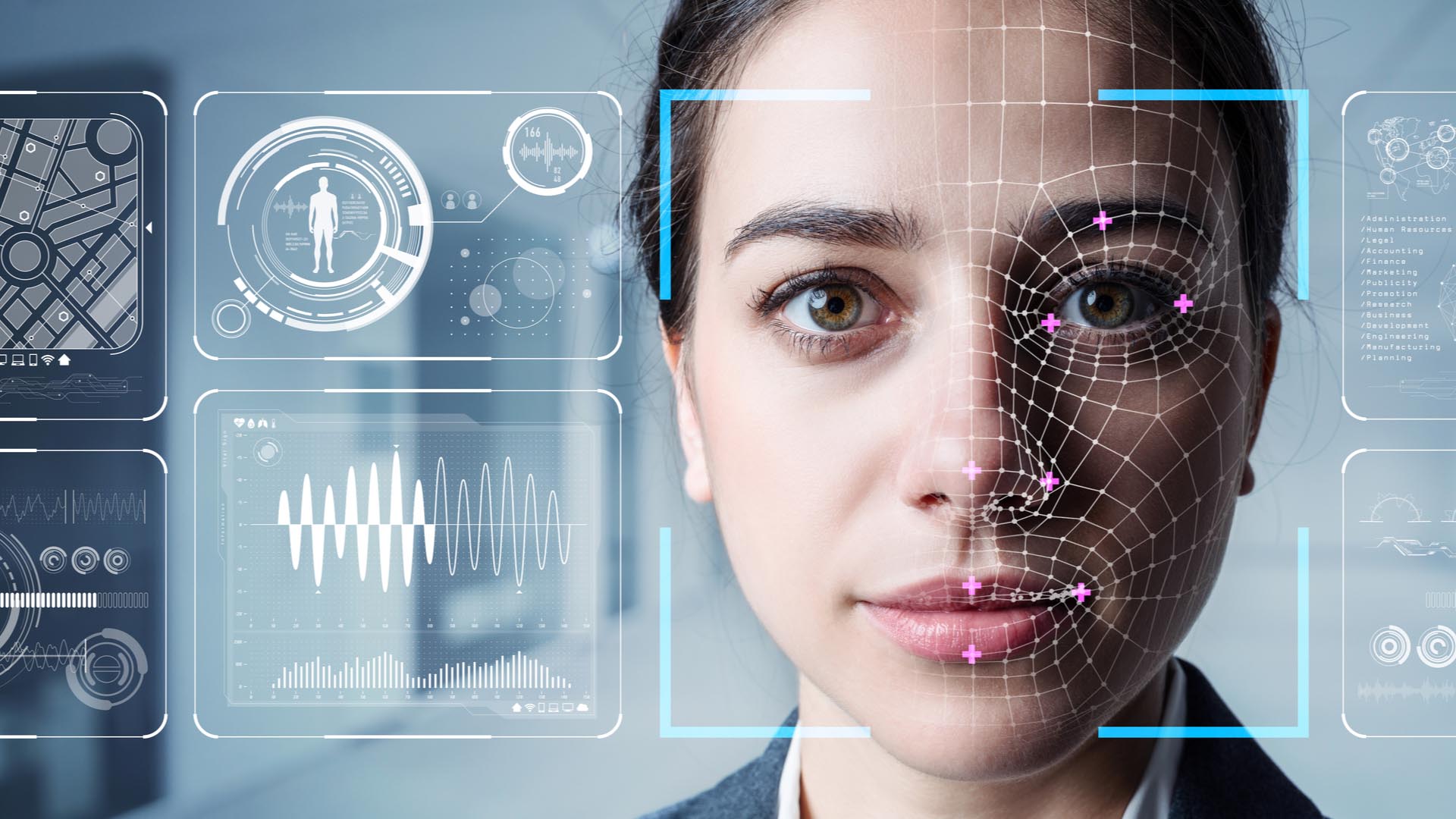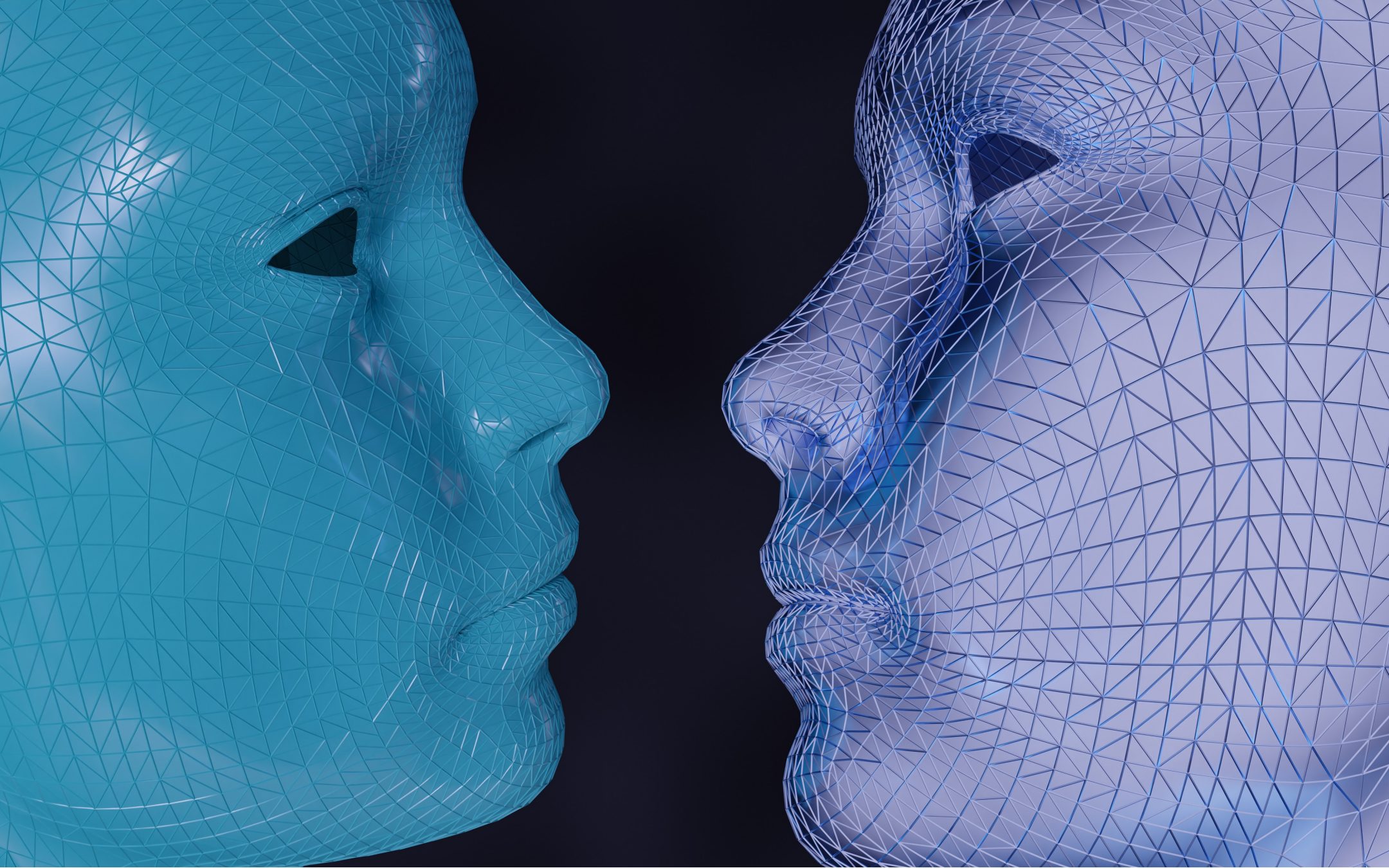Deepfake: Video Manipulation Through Artificial Intelligence
In the rapidly evolving world of artificial intelligence (AI), i deepfake si stanno affermando come una delle applicazioni più discusse e controverse. Ma cosa sono esattamente i deepfake? Questi sono video manipolati attraverso algoritmi di IA per renderli estremamente realistici. L’obiettivo è combinare o sovrapporre immagini e video esistenti con artefatti digitalmente creati. Ad esempio, si può alterare il volto di una persona in un video, cambiare ciò che dice e persino sincronizzare le parole con i movimenti del suo viso.
Il termine “deepfake” deriva dalla fusione di due parole: “fake”, che significa falso, e “deep learning”, la tecnica di IA utilizzata per generare questi video. Uno degli approcci più comuni per crearli fa uso delle Generative Adversarial Networks (GAN), reti neurali che “competono” tra loro per minimizzare gli errori e produrre risultati sempre più accurati.
 How Deepfakes Work: Technology Behind the Magic
How Deepfakes Work: Technology Behind the Magic
La creazione di un deepfake è un processo affascinante ma complesso. Il metodo più diffuso è basato su reti neurali che utilizzano la tecnica di “face swapping” o scambio di volti. Qui entra in gioco un algoritmo chiamato autoencoder. Questo programma analizza un videoclip o una fotografia, studia le sembianze dell’individuo da vari angoli e poi mappa queste informazioni su un altro individuo. Questo scambio di volti è realizzato in modo così sofisticato da renderlo quasi indistinguibile da un video reale.
Risks Associated with Deepfakes: Beyond Technology
Despite potentially positive applications, deepfakes pose significant risks, especially if used improperly. These risks range from the spread of fake news to the creation of compromising videos for the purposes of personal revenge or revenge porn. In fact, deepfakes have a history dating back to 1997, when the “Video Rewrite” program was first used to edit videos by adding details that were not present in the original footage.
Con la crescente potenza computazionale disponibile oggi, la qualità dei deepfake è notevolmente migliorata. Ciò li rende sempre più difficili da distinguere da video autentici, intensificando i rischi associati alla disinformazione e alla manipolazione mediatica.
 Proteggere l’Identità e la Privacy: Le Misure Prese
Proteggere l’Identità e la Privacy: Le Misure Prese
Data la gravità potenziale del furto di identità attraverso deepfake, diverse agenzie per la tutela della privacy stanno emettendo linee guida per educare i cittadini sugli utilizzi impropri di questa tecnologia. Chi viene rappresentato in un deepfake senza il proprio consenso non solo perde il controllo sulla propria immagine, ma rischia anche di vedere distorte le proprie idee e opinioni. In alcuni casi, le persone possono essere mostrate in situazioni o luoghi che potrebbero risultare compromettenti, rappresentando una seria minaccia alla loro privacy e dignità.
In conclusione, i deepfake sono una doppia lama: mentre le potenzialità in termini di creazione di contenuti sono immense, i rischi associati sono altrettanto grandi. La consapevolezza e l’educazione pubblica sono fondamentali per mitigare gli impatti negativi di questa tecnologia emergente.
 Proteggere l’Identità e la Privacy: Le Misure Prese
Proteggere l’Identità e la Privacy: Le Misure Prese



